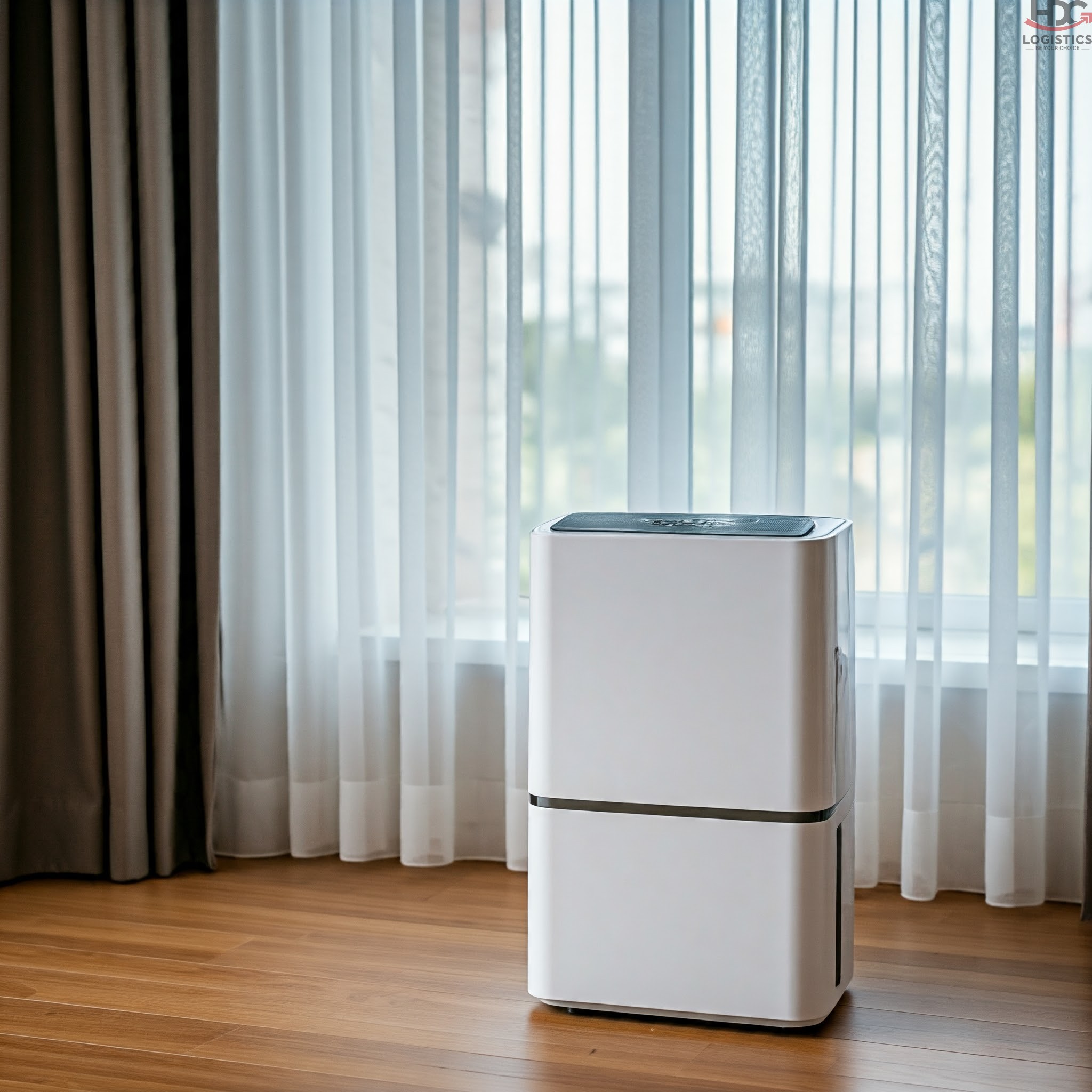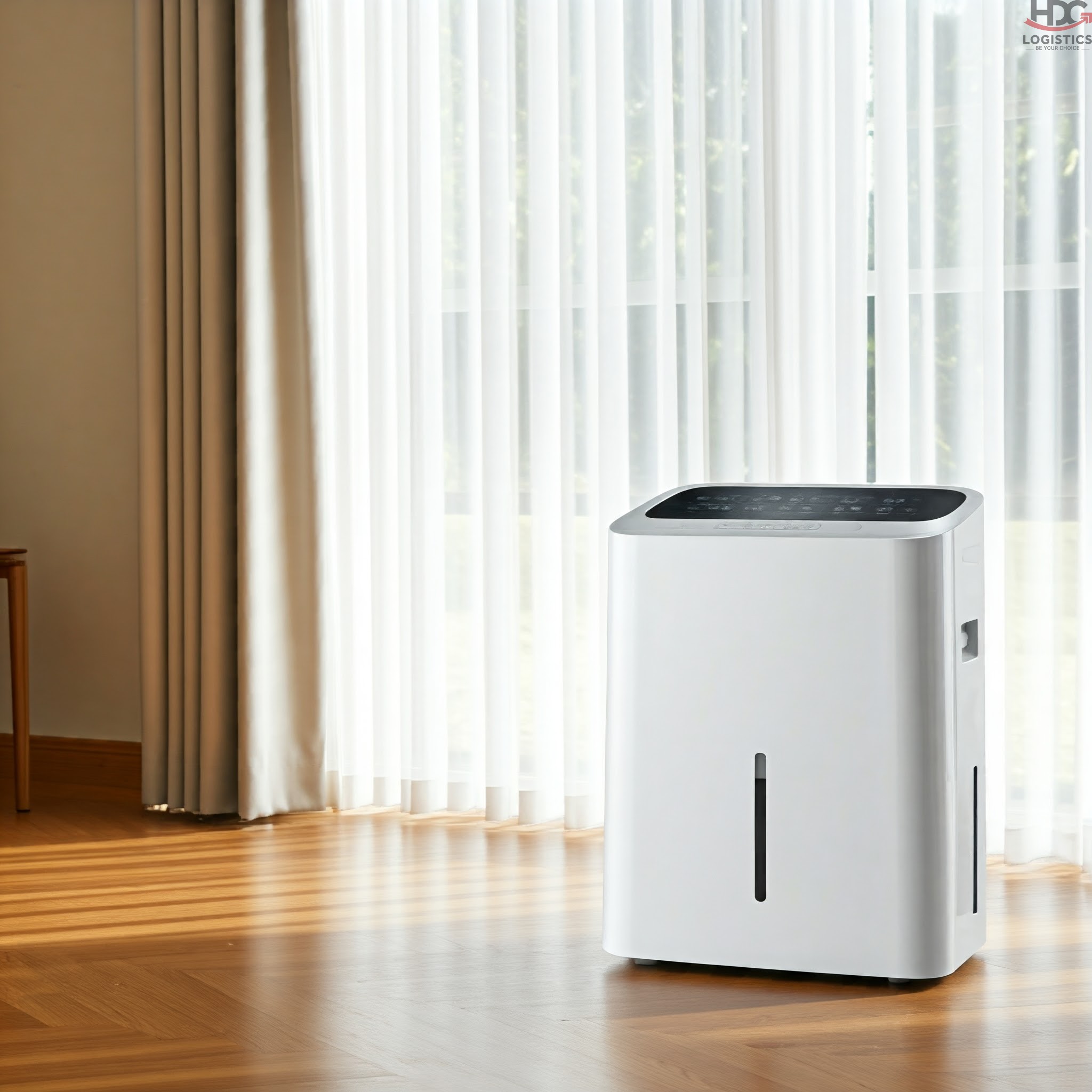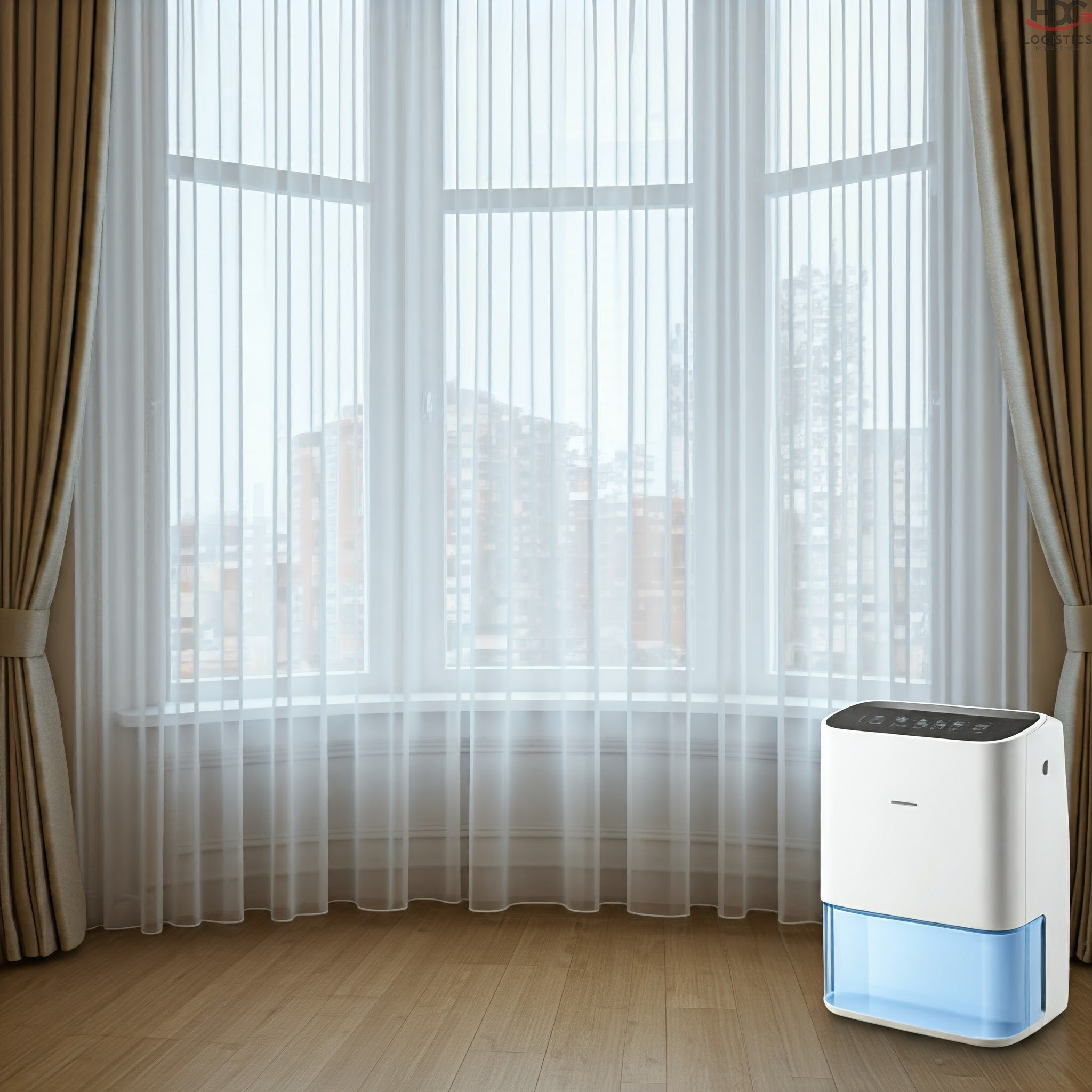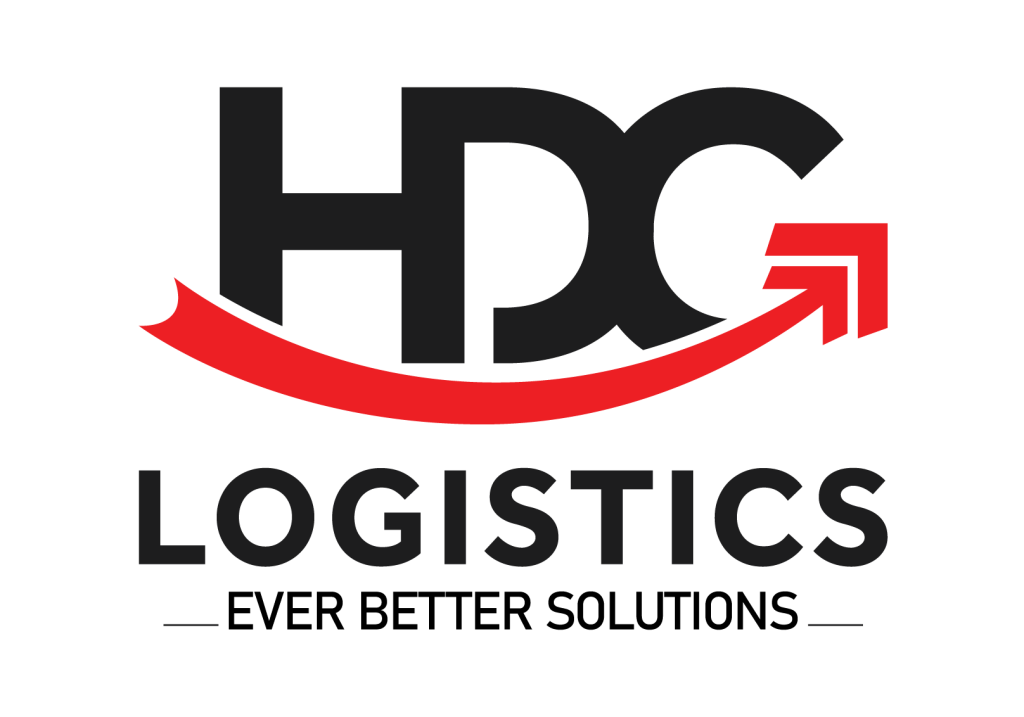A dehumidifier is an important electronic device in modern life, helping to clean the air and maintain the ideal humidity in a humid home or workplace. There are many types of dehumidifiers with different capacities and functions that are imported. What are the legal policies and procedures for importing air dehumidifiers? How does the import process work? The following article will answer these questions.

Air dehumidifiers are an important household appliance, especially in environments with high humidity or during prolonged rainy seasons. This device helps regulate the humidity in living and working spaces, creating a drier and more airy environment, thereby contributing to the protection of human health and property in the home.
The dehumidifier works on the principle of condensation, which sucks moisture from the air and converts it into water, which is collected in the machine’s container. There are many types of dehumidifiers with different sizes and capacities, suitable for the needs of each family or business. For example, some machines have a dehumidification capacity of 10 liters/day, which is suitable for rooms with an area of less than 15m², while those with a larger capacity can cater to larger spaces.
When choosing to buy a dehumidifier, consumers need to consider the area of space to be dehumidified, the level of moisture to be removed, and the accompanying features such as air purification, energy saving, and noise level when operating. In addition, price comparisons and warranties are also important factors to consider.
Dehumidifiers are not only useful for homes, but they are also needed in industries where humidity control is critical to ensuring product quality and production processes. With a variety of designs and technologies, dehumidifiers are becoming smarter and more convenient, making it easy for users to maintain an ideal living and working environment
Legal regulations on procedures for importing air dehumidifiers
- Circular No. 38/2015/TTBTC amending and supplementing Circular No. 39/2018/TTBTC on customs regulations on the list of import and export products.
- Decree No. 187/2013/NDCP on the provisions of the Commercial Law in the international purchase and sale of goods.
- Decree No. 43/2017/NDCP stipulates the stickers of import and export goods.
- Decree No. 128/2020/NDCP stipulates administrative sanctions for customs procedures.
According to current legal regulations, 100% new air dehumidifiers are not on the list of goods banned from export or import. Therefore, businesses can import dehumidifiers according to regulations. However, used consumer goods are items banned from import under Circular No. 12/2018/TTBCT, as well as goods temporarily suspended for temporary import for re-export or border transit under the same Circular.

HS code and import tax rate of air dehumidifier
Imported dehumidifiers are divided into two types: household dehumidifiers and industrial dehumidifiers.
A household dehumidifier is a product used indoors or in a small space, weighing less than 20kg. This type of machine belongs to chapter 85, heading 8509.
The HS code for household dehumidifiers is 85098090.
The usual import duty for this product is 37.5%. The preferential import tax is 25%. The applicable VAT is 10%.
Enterprises will enjoy special preferential import taxes when presenting the Certificate of Origin (CO) in accordance with the law. This preferential tax rate will correspond to each type of CO form:
- CO form E (ACFTA) has a tax rate of 0% to 5%.
- CO form D (ATIGA) has a tax rate of 0%.
- CO form AJ (AJCEP) has a tax rate of 0% to 3%.
- CO form JV (VJEPA) has a tax rate of 0% to 5%.
- CO form AK (AKFTA) has a tax rate of 0% to 32%.
- CO form AI (AIFTA) has a tax rate of 0%.

Labeling of imported goods
The labeling of imported goods not only helps to trace the origin and responsible units but also supports stricter management of goods. In particular, this process is mandatory for air dehumidifiers imported from abroad.
Label content
Decree No. 43/2017/NDCP has clearly stipulated the content of labels for items. For air dehumidifiers, the label should include exporter/importer information, product details, origin and other information in English or language with translation. Customs will thoroughly check the contents of the label during the import process.
Label Placement
The location of the label is equally important. Labels need to be affixed in a conspicuous position on the package such as cartons, wooden bales, product packaging. This saves inspection time when importing air dehumidifiers and other items.
For retail goods, the label needs to add manufacturer information, quantity, specifications, date of manufacture, and safety warnings.
Risks when labels are not in accordance with regulations
Failure to apply or mislabel can lead to serious consequences such as fines under Article 22 of Decree 128/2020/NDCP, loss of import tax incentives due to invalid certificate of origin, and the risk of loss and damage to goods due to lack of warning during transportation.
Air dehumidifiers import process
A set of documents necessary to carry out procedures for importing air dehumidifiers, as well as importing other items, including: Customs declaration, bill of lading, commercial invoice, sale contract, packing list, certificate of origin (C/O) if any, and catalogs. This is the regulation according to Circular No. 38/2015/TTBTC dated 25/3/2015 and amended and supplemented by Circular No. 39/2018/TTBTC dated 20/04/2018.
Step 1: Customs declaration
First, fully prepare import and export documents such as contracts, commercial invoices, packing lists, sea bills of lading, certificates of origin, arrival notices, and HS codes of air dehumidifiers. Then, enter the declaration information into the customs system via the customs declaration software. Care should be taken when entering data to avoid errors, as this can be time-consuming and costly.
Step 2: Open a customs declaration
After the declaration is completed, the customs system will return the result of the channeling of the declaration. Print the declaration form and bring the dossier to the customs sub-department to open the declaration. Do this within 15 days of the declaration date to avoid penalties.
Step 3: Customs clearance of goods
Customs officers will check the dossier and accept customs clearance if there are no questions. After that, import taxes are paid so that the goods are cleared. In some cases, the goods may be released to be taken back to the storage warehouse.
Step 4: Transport and use the goods
Finally, proceed to liquidate the declaration and carry out procedures to bring the goods to the warehouse. Prepare delivery orders and pick-up slips at the port, and arrange vehicles to pick up goods. Note to avoid the situation that the declaration has been completed but there is still an order from the shipping line, so that the process can be completed smoothly and avoid loss of time and costs.
When importing air dehumidifiers, businesses need to pay attention to policies related to labels, certificates of origin, and necessary quality standards. Compliance with these regulations not only helps the import process go smoothly but also ensures the safety of consumers and legalizes the product in the market.

Importing air dehumidifiers is a potential but also challenging business. Mastering the process and complying with regulations is key to success in this field. Hopefully, the information hdglog.vn provided in this article will assist you in carrying out the procedures for importing air dehumidifiers effectively and legally.



 Tiếng Việt
Tiếng Việt 日本語
日本語 中文 (中国)
中文 (中国)

